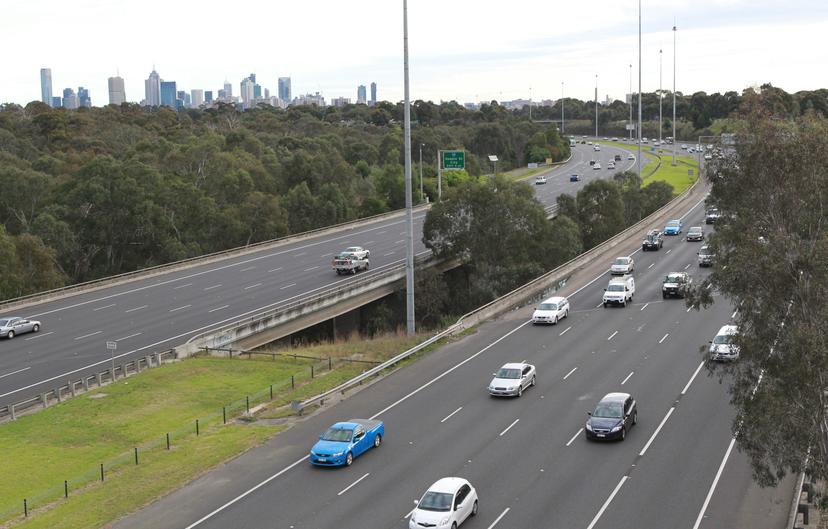Veteran of successful Upfield Railway campaign backs Galway-Sligo Western Railway Corridor
The Upfield railway line in Melbourne, Australia was condemned to extinction three times by two successive Governments. Fortunately, due to the most vigorous pressure from the community, the Government backed down each time.
Nonetheless, as every other railway in Melbourne was upgraded to electronic signalling and automatic boom gates, the Upfield line continued to operate with human gatekeepers who sit in a little hut and come out to move the gates. In other words, residents of the inner north were left with the feeling that the railway was on life support, on the verge of obsolescence.
By the mid-1990s, the trains were no longer operating any later than 7pm while other lines had train service up to midnight. People felt it was only a matter of time before the trains would stop for good.
In 1997, the Government announced they would make a temporary six month closure of the railway so they could construct a freeway over the top of it. The community was suspicious that the six month temporary closure would become permanent.
I personally became involved in the Upgrade Upfield Coordinating Committee, which was the main activist group in the region, some time during 1996 or 1997 at this critical juncture in the Upfield railway saga.
There was no social media in the 1990s. We had to go out and talk to people in the trains, we spoke to people on the trams and busses and we organized a series of small but tactical protests that appeared on the evening news.
The Government kept their word to reopen the railway at the end of the freeway construction works. Patronage on the line has been steadily increasing.
In 2016, Melbourne newspaper The Age published a report about the legacy of our efforts, Not the end of the line: How people power saved the Upfield rail line. Nik Dow, pictured, is the person who recruited me to the campaign.
"We held the tram up for maybe two minutes trying to get wheelchairs and surfboards and bicycles on it," Mr Dow says."We gave out leaflets and let them go on their way and then we'd do the next tram. We might be there for half an hour, just getting the word out."
Everybody in the district began to see how stupid it would be to replace the trains with light-rail.
On 17 May, I attended the West=on=track forum to discuss the Galway-Sligo railway. The trains were stopped in the 1960s but the tracks are still there. Approximately five hundred people were in the room. There is solid community support for bringing back passenger trains on this railway.
Several leading candidates for the European parliament elections were present. As far as I can tell, I was the only candidate who is bringing real experience of a previous campaign to save a railway from extinction. Actions speak louder than words. I hope I can bring the spirit of success on the Upfield railway to the communities around the Galway-Sligo railway.
There are rival groups pushing to replace the Galway-Sligo line with a Greenway. Greenway is a term that has been created to sugarcoat the idea of Irish Rail ceding its title to the land.
When Melbourne constructed the Eastern Freeway in the 1970s, the Government kept space in the middle for railway tracks. Nobody ever built the train there. Today it is a greenway. In the gridlock that exists at rush hour, drivers sitting in their cars can look out the window and watch the grass growing.
If you want an expert from the Irish diaspora to bring the spirit of success to the Galway-Sligo rail project, please give your most vigorous support to my campaign for European parliament.

